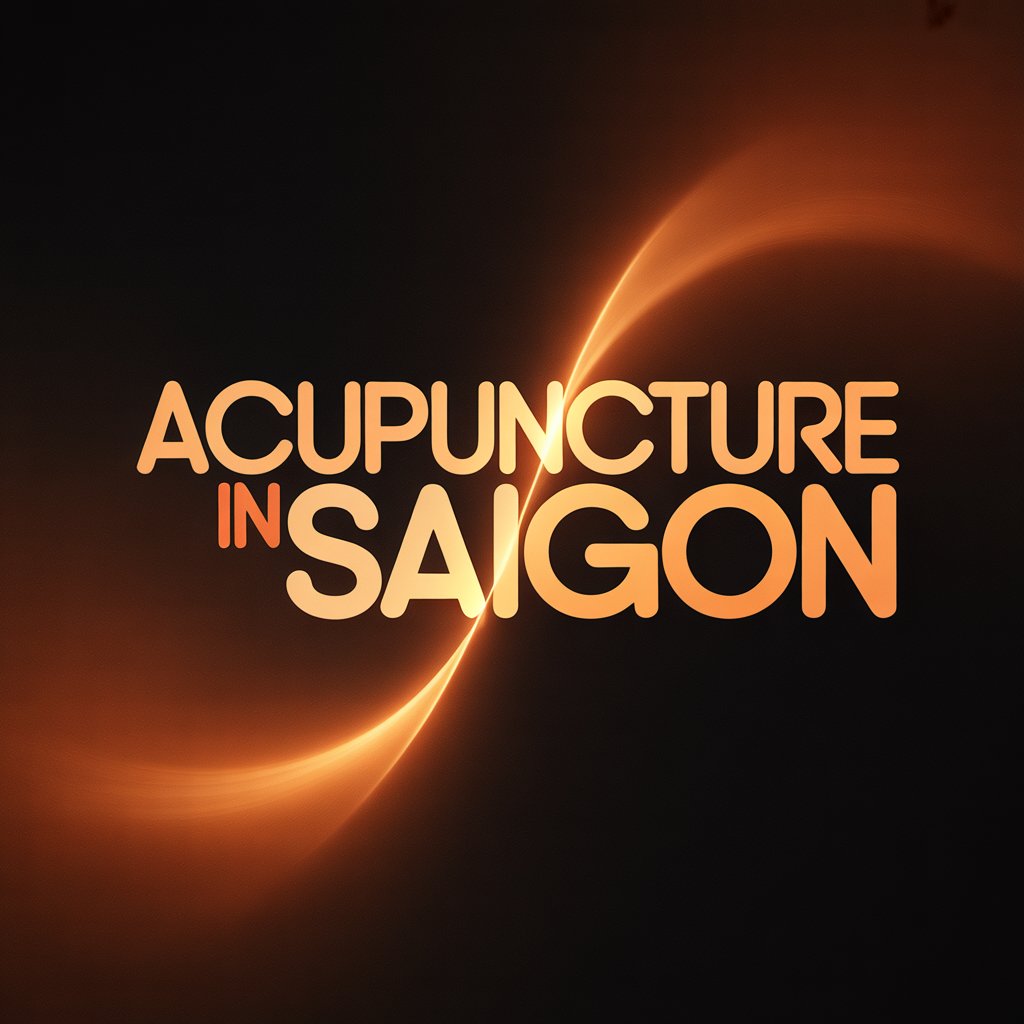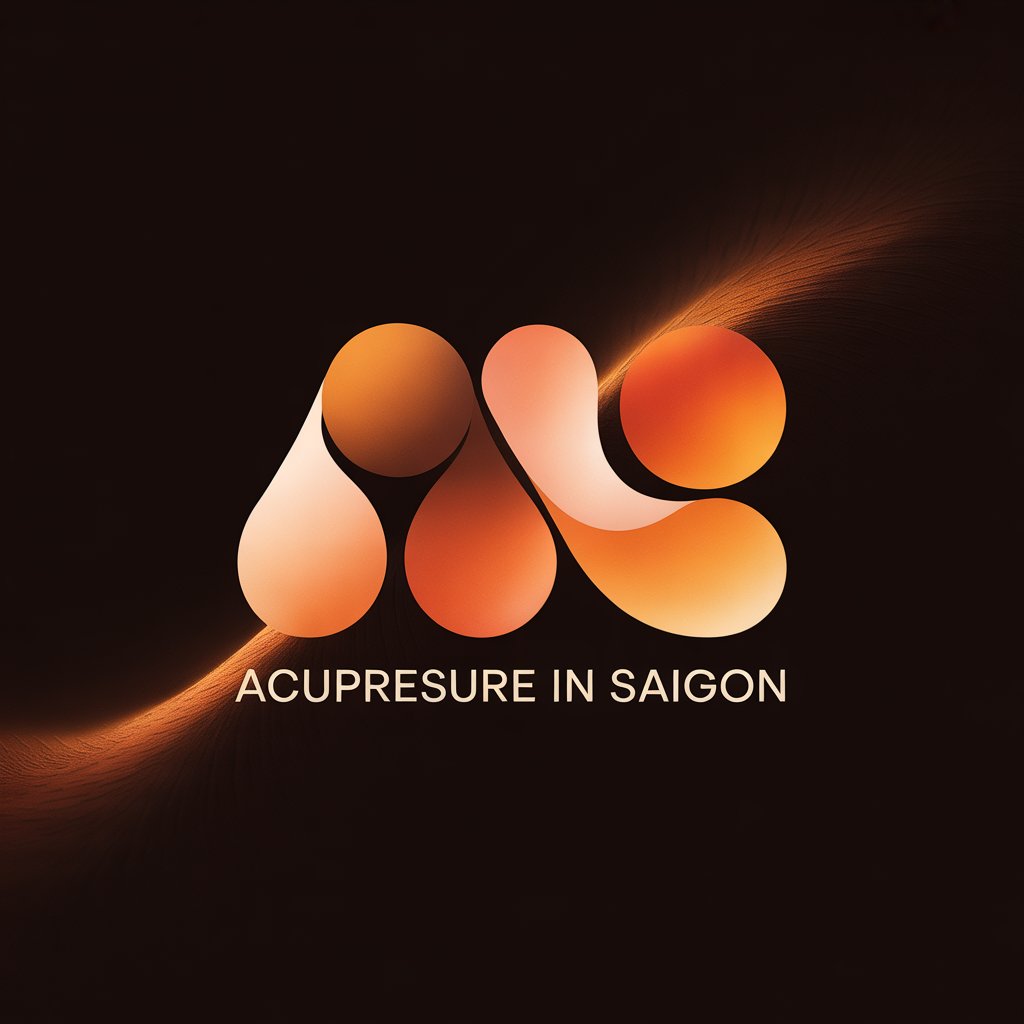Acupressure and Aromatherapy combined

Combining the ancient healing art of acupressure with the fragrant power of aromatherapy can create a synergistic approach to well-being, engaging both your sense of touch and smell to promote relaxation, alleviate discomfort, and enhance emotional balance.
This guide will walk you through the basics of integrating these two powerful modalities.
Understanding the Synergy:
- Acupressure: As we’ve discussed, acupressure involves applying physical pressure to specific points on the body’s meridians to stimulate energy flow, relieve tension, and promote healing.
- Aromatherapy: This practice uses aromatic essential oils extracted from plants to influence mood, cognitive function, and physical well-being through inhalation and topical application.
When combined, acupressure can target specific physical and energetic imbalances, while aromatherapy can enhance these effects by influencing the limbic system (the emotional center of the brain) and promoting relaxation or invigoration, depending on the oil used.
How to Combine Acupressure and Aromatherapy:
- Choose Your Essential Oil Wisely: Select an essential oil that aligns with your desired outcome. Consider the following:
- Relaxation and Stress Relief: Lavender, chamomile, frankincense, bergamot.
- Pain Relief: Peppermint, eucalyptus, ginger, rosemary.
- Uplifting Mood: Citrus oils (lemon, orange, grapefruit), ylang-ylang.
- Improved Sleep: Lavender, cedarwood, vetiver.
- Nausea Relief: Ginger, peppermint.
- Dilute Your Essential Oil: Essential oils are potent and should always be diluted with a carrier oil (such as jojoba, almond, coconut, or grapeseed oil) before topical application. A general guideline is 1-3 drops of essential oil per teaspoon of carrier oil.
- Apply to Acupoints: Once diluted, gently massage a small amount of the aromatherapy blend onto the acupoint you intend to stimulate. The act of massage itself can enhance the acupressure effect by increasing circulation.
- Apply Acupressure: After applying the oil, use your fingers or thumb to apply firm but gentle pressure to the acupoint. You can use steady pressure or small circular motions for 1-3 minutes. Breathe deeply and relax as you work on the point.
- Inhale the Aroma: As you apply acupressure, take slow, deep breaths to inhale the aroma of the essential oil. This engages your sense of smell and can further enhance the therapeutic benefits.
DIY Combinations for Common Ailments:
- Headache Relief: Apply a diluted blend of peppermint or lavender oil to the LI4 (Hegu) point on your hand and massage with firm pressure. Inhaling the aroma can also provide relief.
- Stress and Anxiety: Use lavender or bergamot oil on the HT7 (Shen Men) point on your wrist and the Yintang point between your eyebrows while applying gentle pressure.
- Nausea: Apply diluted ginger or peppermint oil to the P6 (Neiguan) point on your inner wrist and apply firm pressure. Inhale the aroma to help settle your stomach.
- Muscle Tension: Use rosemary or eucalyptus oil on tense muscles (like the shoulders) and apply acupressure to relevant points like GB21 (Shoulder Well) for shoulder tension.
- Improved Sleep: Apply lavender or cedarwood oil to the HT7 (Shen Men) point and the GV20 (top of the head) point before bed while practicing gentle acupressure.
Important Considerations:
- Quality of Oils: Use high-quality, pure essential oils for therapeutic benefits.
- Skin Sensitivity: Always perform a patch test on a small area of skin before applying essential oils more widely to check for any allergic reactions or sensitivities.
- Pregnancy and Certain Conditions: Some essential oils are not recommended during pregnancy or for individuals with certain health conditions. Consult with a qualified aromatherapist or healthcare provider before using essential oils if you have any concerns.
- Listen to Your Body: Pay attention to how your body responds to both the acupressure and the aromatherapy. Adjust the pressure and the choice of oils as needed.
Combining acupressure and aromatherapy offers a holistic and enjoyable way to support your physical and emotional well-being. By thoughtfully integrating these two practices, you can create a personalized self-care routine that addresses your specific needs and enhances your overall sense of balance and harmony.




